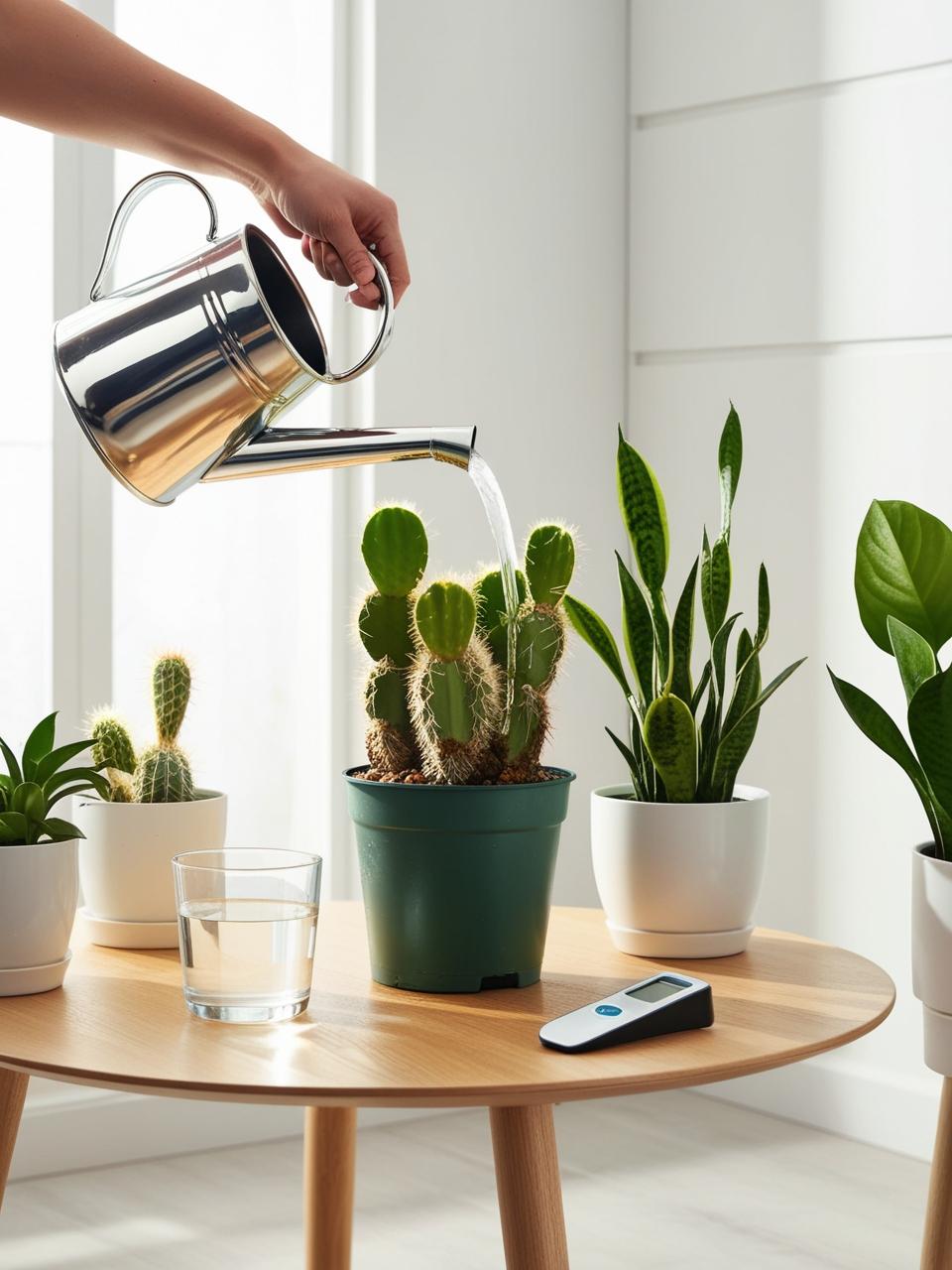
Keep Your Plants Thriving: The Do’s and Don’ts of Watering
Watering is one of the most common struggles for plant owners—too little, and your plants dry out; too much, and they can rot. So how do you find the perfect balance? In this guide, we'll break down everything you need to know about watering your plants the right way.
1. Understanding Your Plant’s Water Needs
Not all plants need the same amount of water. Some thrive in dry conditions, while others prefer consistently moist soil.
🌵 Cacti & Succulents: Water sparingly—only when the soil is completely dry.
🌿 Tropical Plants (e.g., Monstera, Pothos): Keep the soil slightly moist but never soggy.
🌱 Ferns & Calatheas: These love humidity and need more frequent watering.
Tip: Research your specific plant's natural habitat to mimic the best watering routine.
2. The Golden Rule: Check Before You Water
Before reaching for your watering can, always check if your plant actually needs water.
✅ Finger Test: Stick your finger about 2 inches into the soil. If it's dry, it’s time to water.
✅ Soil Moisture Meter: A more precise way to check moisture levels.
✅ Leaf & Stem Check: Droopy leaves may indicate thirst, but mushy stems suggest overwatering.
3. Signs of Overwatering vs. Underwatering
🚨 Overwatering Warning Signs:
- Yellowing or mushy leaves
- Mold or fungus growing on the soil
- Soft, rotting stems
💧 Underwatering Signs:
- Crispy, browning leaf edges
- Soil pulling away from the pot’s edges
- Wilting, even after watering
4. Best Watering Techniques for Healthy Plants
- Bottom Watering: Place the pot in a shallow dish of water and let the roots absorb moisture.
- Water Slowly: Pour water evenly around the base of the plant until it drains from the bottom.
- Use Room Temperature Water: Cold water can shock plant roots, while hot water can damage them.
5. Adjusting Watering for the Seasons
Your plant’s watering needs change throughout the year.
🌞 Spring & Summer: Plants grow actively and need more frequent watering.
❄️ Fall & Winter: Growth slows down, so reduce watering to prevent root rot.
Final Thoughts
Watering plants properly is about balance—too much can harm them, but so can too little. By understanding your plant's needs, checking before watering, and adjusting for the seasons, you'll create a thriving indoor jungle! 🌿💧


